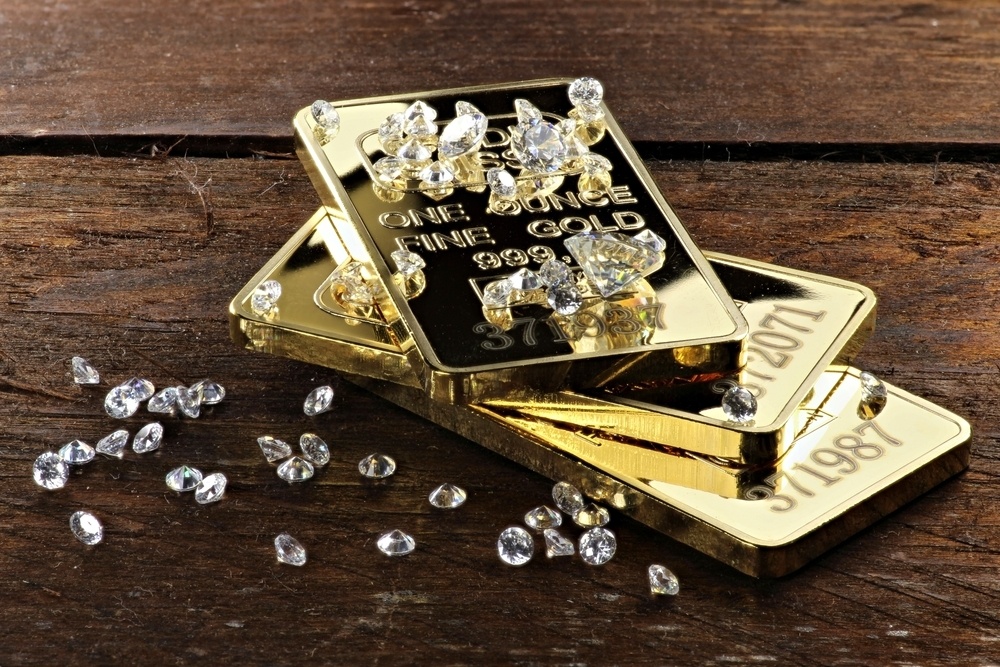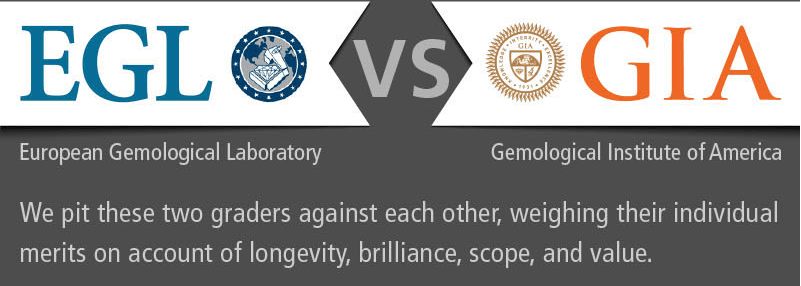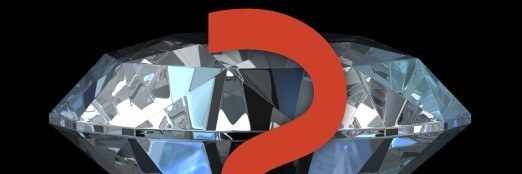The beauty and brilliance of a diamond is captivating. For many, a diamond is a true investment. A representation of months of saving. A luxury.
It is important, however, to know how much are diamonds worth. Is the number on the price tag the truest indicator of the value of the stone? A diamond’s value is based on four factors, and these are known in the jewelry industry as the 4Cs:
Each of these four C’s helps determines the price and value of a diamond, and each C can greatly increase or decrease the value of the stone. This is why the value of diamonds varies so greatly, even amongst stones of the same size or shape, making it very important to learn how to buy a diamond.
How Much are Diamonds Worth: Cut
The cut of a diamond isn’t the shape of the stone. Many people assume that the stone’s shape—round brilliant, princess, pear, marquise, etc.—is synonymous with the cut. While each shape’s cut is unique, the cut of a diamond is designated as a grade, which is assigned by a specific gem grading laboratory.
Each lab has its own grading system. Per the Gemological Institute of America (GIA), the cut grades are denoted as:
- Excellent
- Very Good
- Good
- Fair
- Poor
These grades take many factors into account. The GIA notes that it looks at seven aspects of the diamond when grading cut: brightness, fire, scintillation, weight ratio, durability, polish and symmetry.
Each of these areas affects the beauty of the stone. Brightness, according to the GIA, is defined as ”the total light reflected from a diamond.” Fire and scintillation also deal with the light refraction and reflection within the stone.
The cut of the diamond also involves its dispersion of weight. Obviously, no buyer wants a stone that’s cut too top heavy or weighted more on the bottom. The cut also can affect the look of a diamond shape. A bottom heavy cut on a marquise could make it appear more like a pear.
Symmetry also is important. A well cut diamond should be symmetrical and pleasing to the eye. An asymmetrical cut also may affect how the stone draws in light or how the line plays within the stone.
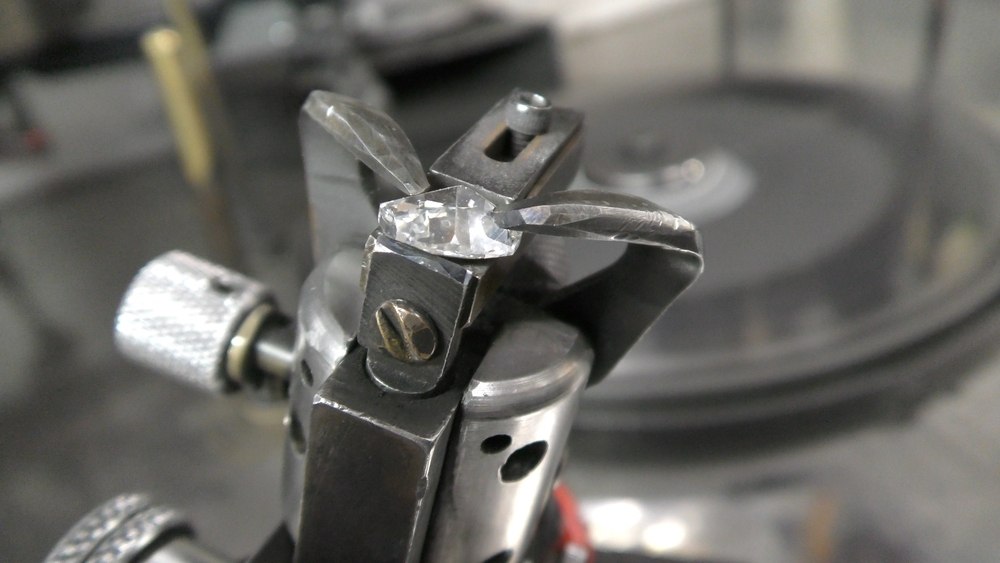
How Much are Diamonds Worth: Color
Color is one of the four Cs that affects the stone’s value and price tag, but how it impacts the beauty of the stone is a matter of personal opinion. For color, the grade scale corresponds to the alphabet, starting at D. A diamond with a D grade for color is noted as colorless.
Each letter represents a greater value of yellow warmth. While I and J grade stones might look identical to the naked eye, under magnification the J will appear ever so slightly more yellow.
As color warms, the value lowers. So color is often used by buyers to make a larger stone more affordable, especially if they don’t wish to sacrifice cut or clarity (which impact beauty and sparkle).
But even the color scale for diamonds isn’t the end of the colorful price spectrum. Why? The diamond color grade is for white diamonds, but not all diamonds are white diamonds.
Diamonds actually come in a range of other colors including:
- Black
- Purple
- Pink
- Green
- Canary yellow
- Blue
These colors don’t follow the typical color grade scale. Colorful diamonds also may be more valuable than their white (or colorless) counterparts.
Diamonds that are pink, blue or other beautiful hues are extremely rare. So even small stones can command a higher price-tag.
What about canary yellow diamonds? Are those Z-graded white diamonds? No, in fact, canary yellow diamonds are completely different and are noted by labs like GIA as a ‘fancy-colored diamond.’ They are not graded on the same scale as a white diamond.
So how are fancy hues graded? The GIA gives the following grades to ‘fancy-colored diamonds’:
- Fancy Light
- Fancy
- Fancy Intense
- Fancy Vivid
This scale looks at what is known in the industry as “saturation.” This means that gemologists are grading the intensity or strength of the hue of the stone or how much color is present. A diamond with a deeper hue is more valuable.
Some colors are also more valuable than others. The GIA notes that “blue diamonds are extremely rare.” The Hope Diamond is an example of a blue diamond, and it’s one of the most valuable diamonds in the world.

How Much are Diamonds Worth: Clarity
Clarity is all about the inside of the stone. A stone that is clear and free of blemishes inside and out is going to reflect and refract light effectively, and it’s also going to be worth more than an imperfect diamond.
The GIA grades clarity using a unique scale. The highest rating in the scale is Flawless (F). This grade is exactly how it sounds…the diamond is perfect. Of course, perfect diamonds are rare…so a diamond with a Flawless clarity is going to be worth more than a stone that is imperfect (with all the other Cs being equal).
The GIA’s diamond clarity grades include (from best to worst):
- Flawless (F)
- Internally Flawless (IF)
- Very, Very Slightly Included (VVS1 and VVS2)
- Very Slightly Included (VS1 and VS2)
- Slightly Included (SI1 and SI2)
- Included (I1 and I2)
Each grade is based upon viewing the diamond under magnification. Most jewelers would recommend that buyers don’t purchase a stone with a clarity grade less than SI.
Included diamonds typically feature imperfections that affect the beauty of the stone both internally and externally. Blemishes may be severe and could include flaws that also impact the structural integrity of the stone.
Slightly Included stones should not have any imperfections that can be seen with the naked eye.
Although under magnification, blemishes or inclusions of an SI stone will be more pronounced than a stone of a higher clarity grade.
So should you sacrifice clarity to save money? You can opt to buy a stone with a VS or SI grade, but never buy an Included stone.
And if you’re looking to invest in a stone, choose the best quality you can afford.

How Much are Diamonds Worth: Carat
Is bigger better? Or more valuable? Bigger diamonds are worth a LOT of money, in general. The reason? Large diamonds are rare.
This is why even large flawed diamonds with a poor clarity can still command a price tag of thousands of dollars. While a flawed four-carat stone won’t be worth more than a flawless four-carat stone, that diamond is still very valuable.
A high price tag is why most buyers shy away from stones that teeter past the one-carat mark. Even hitting exactly one carat greatly bumps the price.
What many buyers don’t know, though, is that carat is a weight not a diameter measurement. So when you are looking at a one carat diamond versus a 0.75 carat diamond, there is very little difference in the actual size. A one-carat diamond is not twice the size as a half-carat diamond. It is, however, twice the weight.
The shape of a diamond also affects the size of the stone. An elongated shape like pear or marquise actually looks bigger than a round brilliant diamond of the same carat weight.
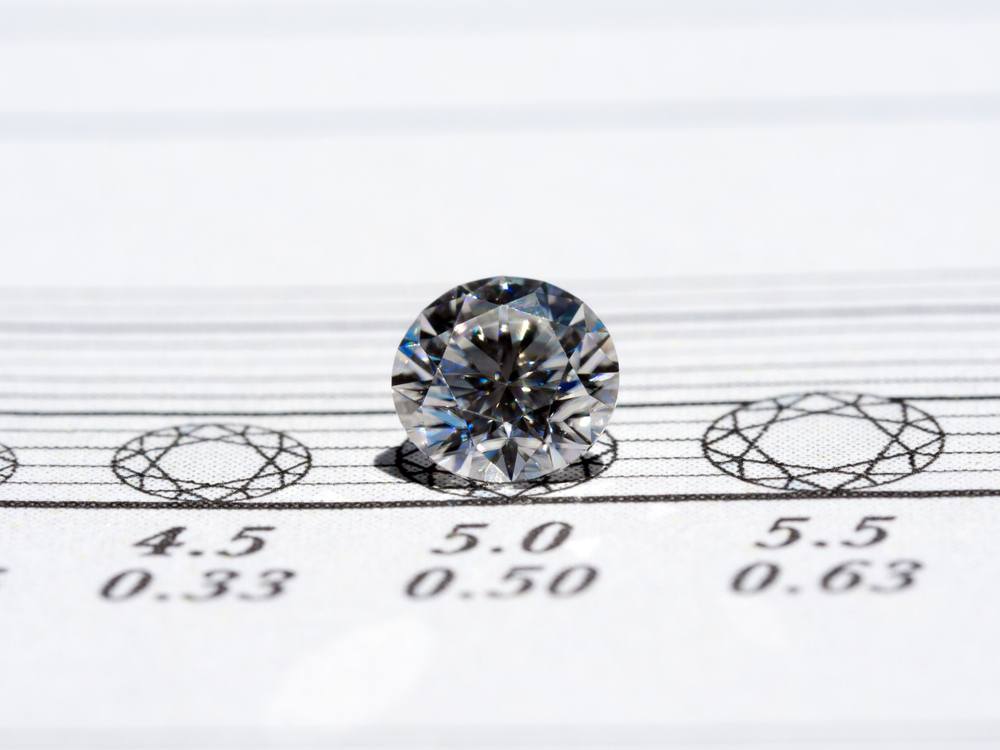
How much is a diamond worth? The answer depends on the 4Cs of the stone. A diamond’s value is dependent on its cut, clarity, carat and color. Each of these areas all greatly impacts the value and price tag of the diamond.
Rarity increases value, and the most valuable diamond is large, completely colorless, without blemishes and perfectly cut. The most expensive loose diamond offered by Brilliance right now is a 50.05 round brilliant with a D color grade, VS1 clarity and a Super Ideal Cut. The price? More than $6.4 million!

